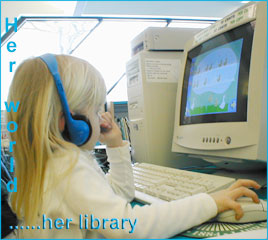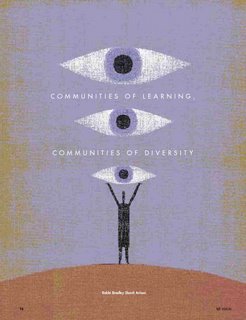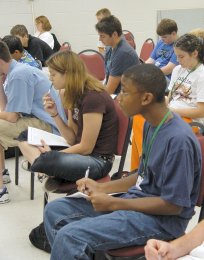 Active Learning Online
Active Learning OnlineTo a certain extent, all learning can be considered active as it stimulates your mind with new knowledge. However, not all learning challenges learners to put their new knowledge to use and deepen their understanding through practice.
What Is Active Learning?"Active Learning is a multi-directional learning experience in which learning occurs teacher-to-student, student-to-teacher, and student-to-student.
Active Learning involves activity-based learning experiences: input, process, and output. These activity-based experiences take many shapes whole class involvement, teams, small groups, trios, pairs, individuals.
Activity-based experiences take many forms talking, writing, reading, discussing, debating, acting, role-playing, journaling, conferring, interviewing, building, creating, and the list continues."
Why Use Active Learning?"Why use Active Learning strategies to teach any subject?
Active Learning leads to effective and efficient teaching and learning."
How Does Active Learning Work?
"Active Learning increases the effectiveness and efficiency of the teaching and learning process. Teachers want students to leave a class with knowledge and or skills they did not have when they began the class. Months later, teachers want those same students to retain the learning, apply it to new situations, build upon that learning to develop new perspectives, and continue the learning process.
This level of learning, resulting in retention and transfer, occurs most efficiently through concrete activity-based experiences.
Active Learning involves input from multiple sources through multiple senses (hearing, seeing, feeling, etc.).
Active Learning involves process, interacting with other people and materials, accessing related schemata in the brain, stimulating multiple areas of the brain to act.
Active Learning involves output, requiring students to produce a response or a solution or some evidence of the interActive Learning that is taking place."
The following sites provide diverse web-based tools for creating stimulating, multi-faceted learning activities:
Blue Web'n"A Library of Blue Ribbon Learning Sites on the Web"
Check out the internet activities and projects at this site.
"Blue Web'n is an online library of 2024 outstanding Internet sites categorized by subject, grade level, and format (tools, references, lessons, hotlists, resources, tutorials, activities, projects). You can also browse by broad subject area (Content Areas) or specific sub-categories (Subject Area). See "About this Site" for a scoring rubric and answers to other burning questions!"
Filamentality"Helping You Add Your Filament to the Web of Learning"
A great site that guides teachers and library media specialists through the process of creating many types of web-based learning activities.
"Filamentality is a fill-in-the-blank tool that guides you through picking a topic, searching the Web, gathering good Internet links, and turning them into online learning activities. Support is built-in along the way through Mentality Tips. In the end, you'll create a web-based activity you can share with others even if you don't know anything about HTML or serving web pages.
Filamentality combines the 'filaments of the web' with your 'mentality' allowing you to create a variety of formats that meet your personal or learner needs."
How People Learn: Brain, Mind, Experience, and School
Learner-Centered Psychological Principles: Cognitive and Metacognitive Factors










